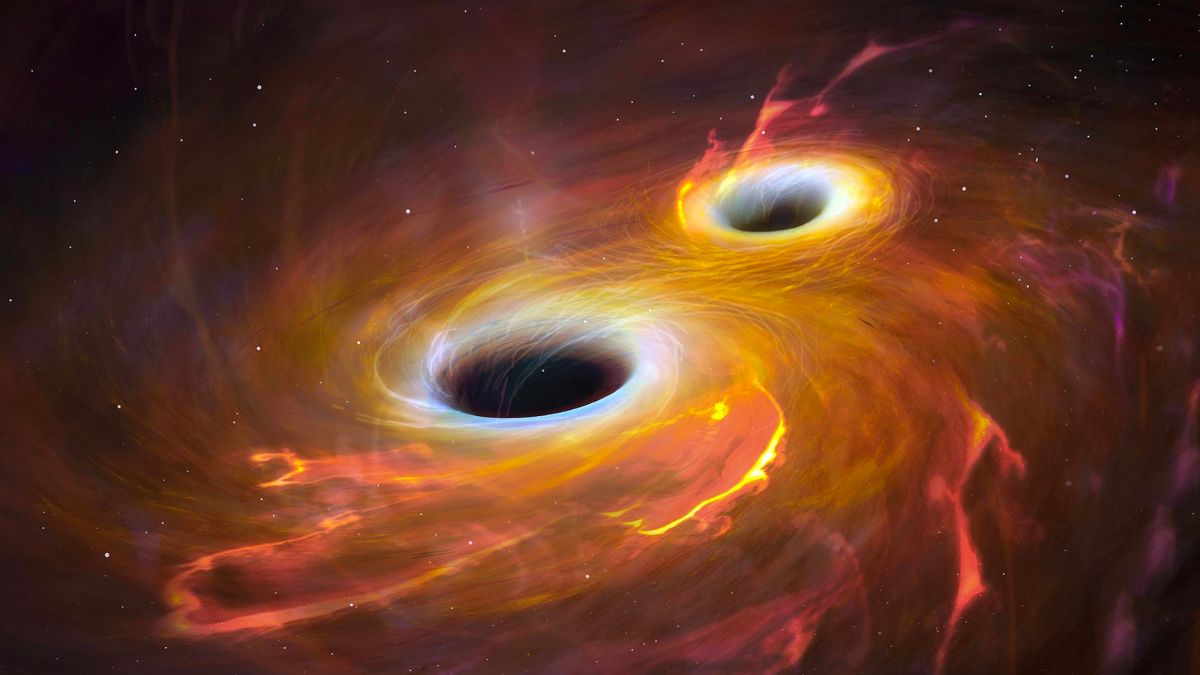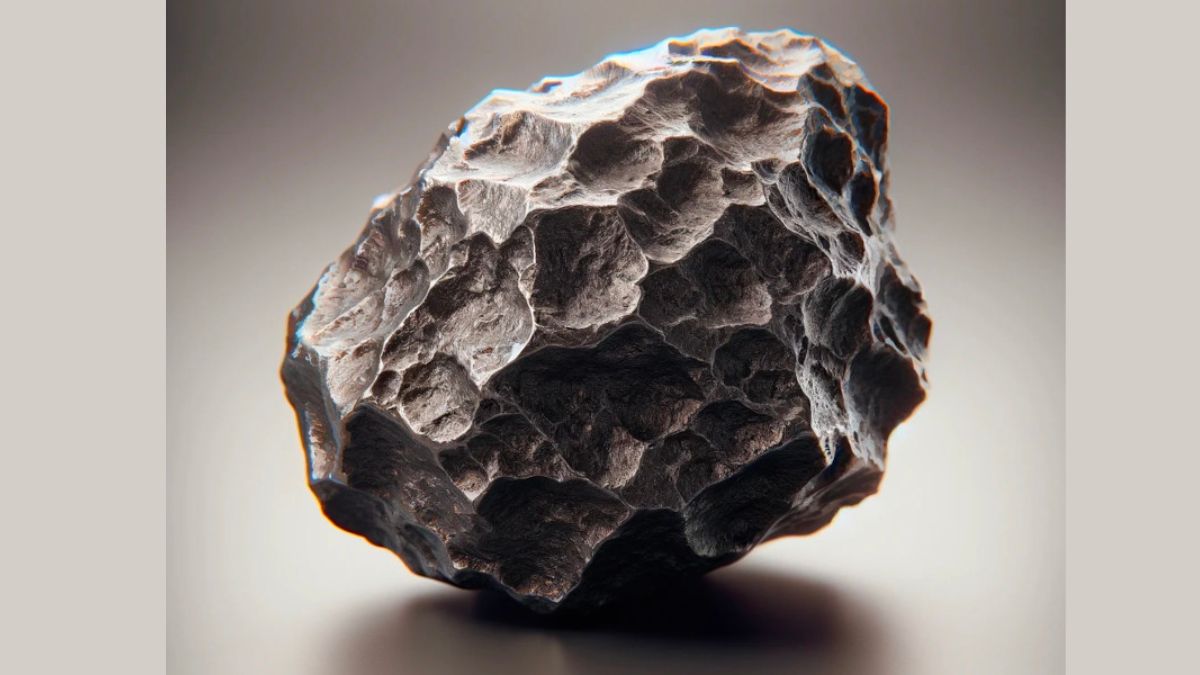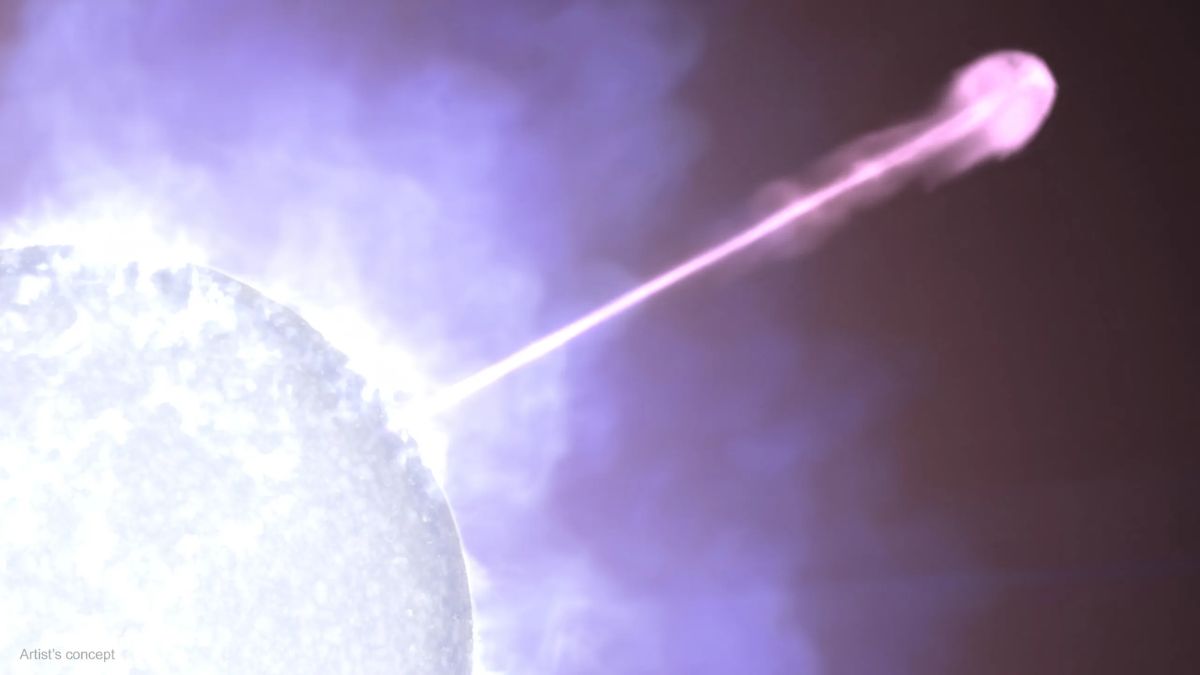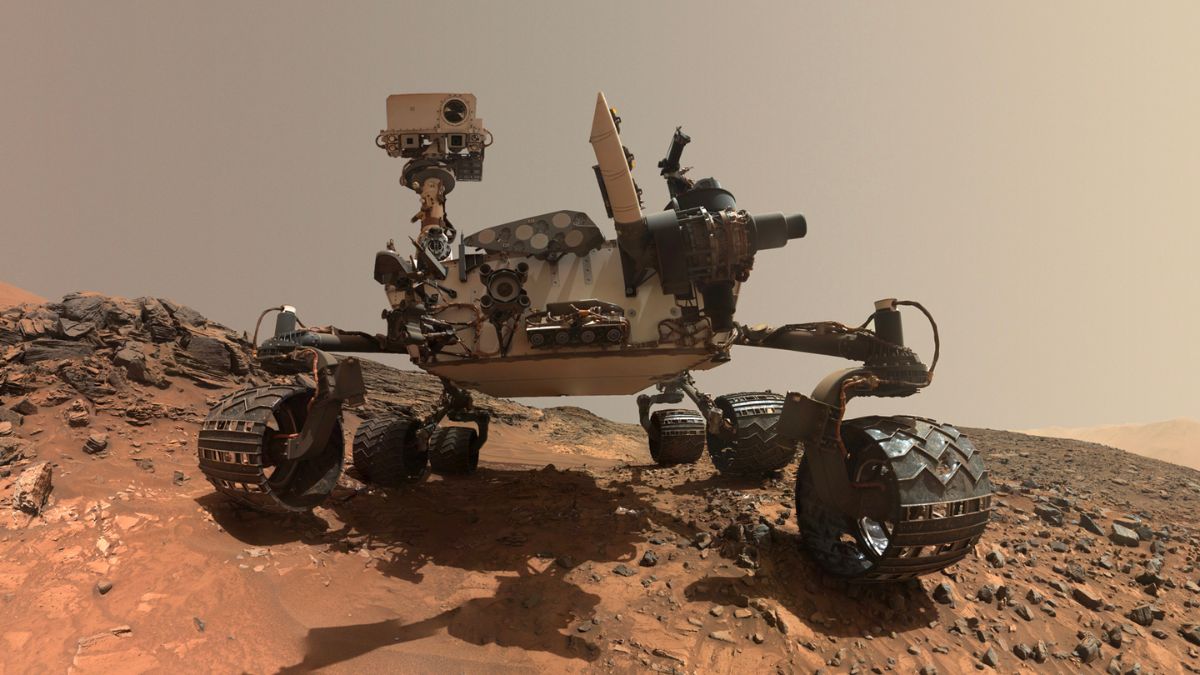The James Webb Space Telescope (JWST) recently snapped this shot of a spiral galaxy sporting a tightly held ring of bright, budding stars, as well as a highly active galactic core powered by a supermassive black hole.
Located some 220 million light-years away in the constellation Pegasus the Winged Horse, the galaxy, NGC 7469, is one of four merging luminous infrared galaxies (LIRGs) astronomers are targeting as part of Early Release Science program #1328. This program aims to explore the complex, feedback-driven relationship between black hole growth and star formation.
Although NGC 7469 has been extensively studied in the past, JWST’s infrared vision lets researchers peer through the galaxy’s dense dust clouds like never before. The new imaging reveals 66 star-forming regions within NGC 7469, nearly half of which went unseen in previous Hubble observations.
According to an ESA release, these star-forming regions are largely concentrated in a “starburst ring” tightly wrapped around the galaxy’s core. The ring has a diameter of just 3,200 light-years, while the galaxy itself if some 90,000 light-years wide. (The six spikes radiating from the galaxy’s core are imaging artifacts know as diffraction spikes — a result of JWST’s mirrors and design.)
Part of the allure of NGC 7469 — beyond its beautiful spiral shape — is that the galaxy is home to an active galactic nucleus (AGN). These are extremely bright regions at the hearts of some galaxies that shine due to the light emitted from superheated gas and dust as it violently swirls around a central supermassive black hole.
Utilizing JWST’s MIRI, NIRCam, and NIRspec instruments, astronomers found evidence of small dust grains being destroyed within a few hundred light-years of the AGN, a find that shows AGN can influence the interstellar medium surrounding them. Astronomers also detected rapid outflows of ionized atomic gas streaming from the nucleus of the galaxy at some 4 million mph (6.4 million km/h), or 0.5 percent the speed of light.
Other merging galaxies recently observed by JWST as part of this project include II ZW 96, located 500 million light-years away in the constellation Delphinus the Dolphin, and IC 1623, located some 270 million light-years away in the constellation Cetus the Whale.
Source link







